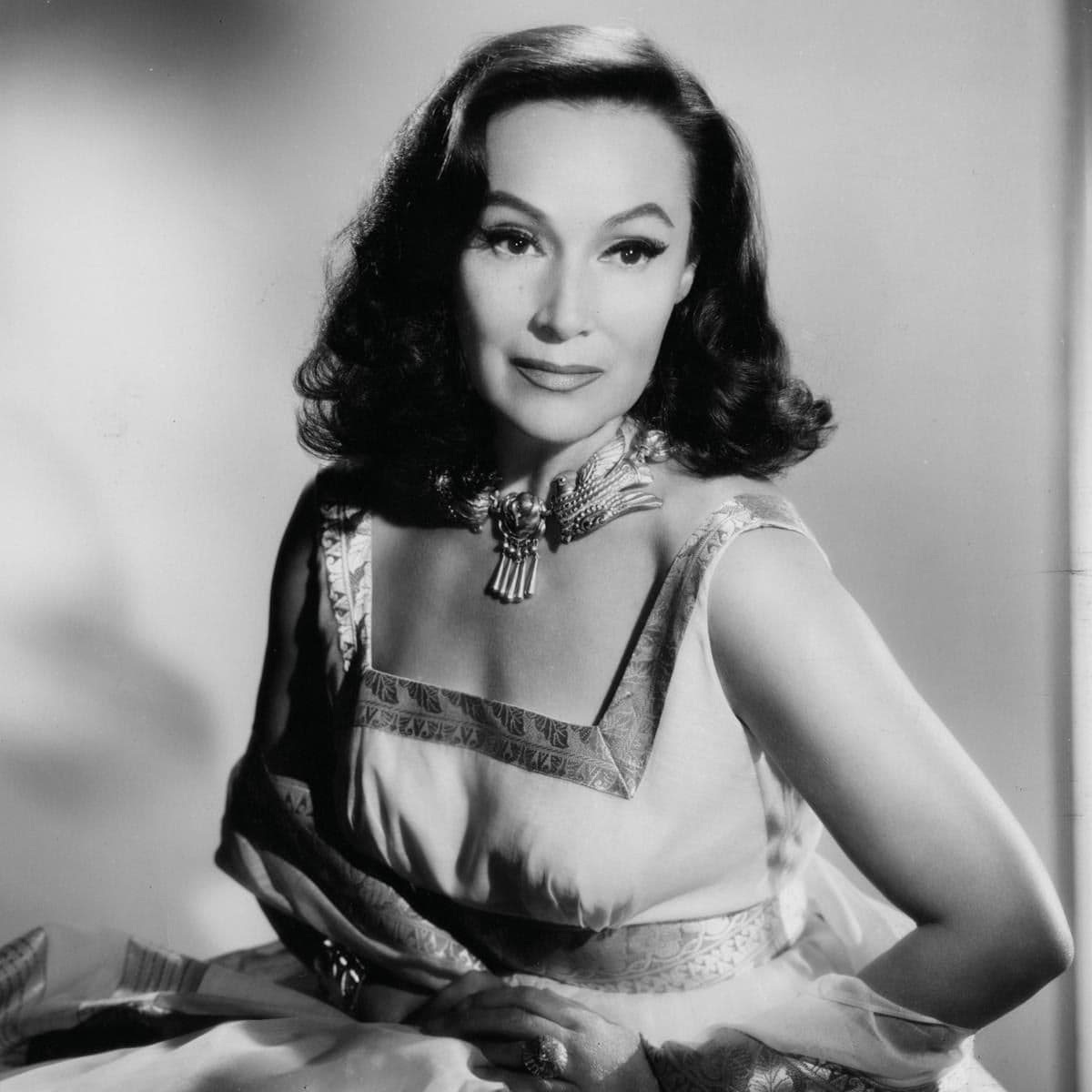María de los Dolores Asúnsolo y López Negrete, known worldwide as Dolores del Río enriched both Mexican and Hollywood cinema with her unparalleled talent and timeless beauty. Born on August 3, 1904, her career in the film industry spanned over half a century, leaving an indelible mark as the first prominent Latin American actress to conquer Hollywood and a crucial figure in the Golden Age of Mexican cinema.
Dolores del Río’s rise to fame began in the 1920s when she transitioned from Mexico to Hollywood. Her early years in the American film industry saw her in roles that earned her international recognition. She starred in a series of triumphs like “Resurrection” (1927), “Ramona” (1928), and “Evangeline” (1929), capturing hearts and establishing herself as the female counterpart to the legendary Rudolph Valentino.
As the silent film era transformed into the sound era, del Río seamlessly adapted to the changing cinematic landscape. Her versatility shone as she effortlessly took on roles in various genres, from crime melodramas to musical comedies and romantic dramas. The 1930s saw her in iconic films such as “Bird of Paradise” (1932), “Flying Down to Rio” (1933), and “Madame Du Barry” (1934).
However, Dolores’s influence extended beyond Hollywood. Her Hollywood career may have declined in the 1940s, but she returned triumphantly to Mexico, her artistic birthplace. She played an integral role in the Golden Age of Mexican cinema, starring in classic masterpieces revered as milestones in the industry’s history. Among these, “María Candelaria” (1943) shows her breadth and depth as an actress.
Throughout the 1950s, Dolores del Río remained integral to the Mexican film scene. Her impact resonated not only within Mexico’s borders but reached audiences worldwide. Portraying various characters and breathing life into them with her authentic performances, she became a quintessential representation of Mexico’s cinematic identity on the international stage. She continued to leave her mark in Mexican and American films, demonstrating her adaptability and actress skills.
Beyond the silver screen, she ventured into theater and television, showcasing her versatility in different mediums. Dolores del Río’s unparalleled contributions to cinema and lasting influence as a symbol of Mexican heritage and artistic excellence make her a true icon
,type=downsize)
